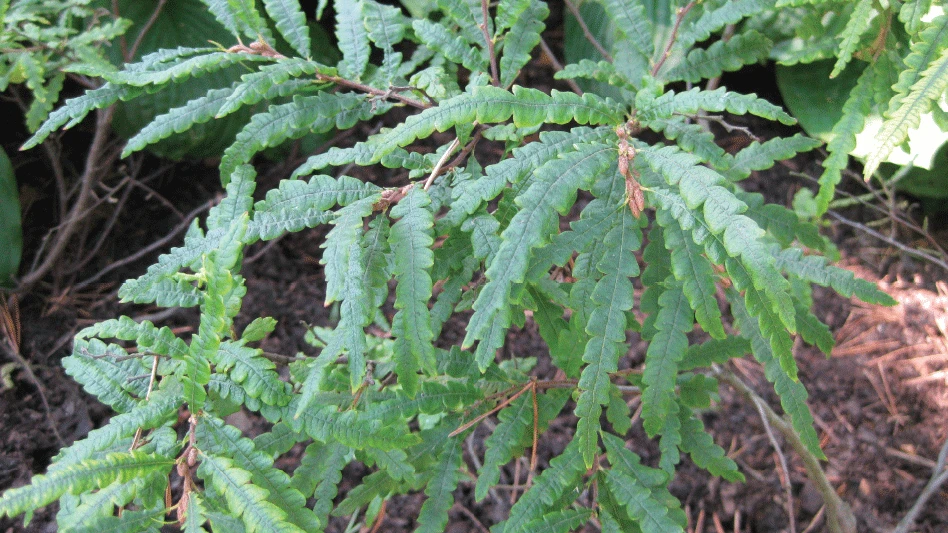Many problems with plant health and poor growth can be linked to poor nutrient and irrigation management. The primary benefit of measuring EC and pH is knowing that they are in the correct ranges for vigorous plant growth and that current management decisions support optimum growth. One tool is the pour-through extraction method. Here are 10 steps to conduct an accurate procedure.
 1. Sample blocks of plants by collecting leachate in a diagonal or “X” pattern depending on the size of the block. Larger blocks will require more plants sampled. To produce a trend over time, sample the same containers (or near them) at each collection date. Denote sample plants with flags. Alternatively, choose a few plants randomly for spot checks.
1. Sample blocks of plants by collecting leachate in a diagonal or “X” pattern depending on the size of the block. Larger blocks will require more plants sampled. To produce a trend over time, sample the same containers (or near them) at each collection date. Denote sample plants with flags. Alternatively, choose a few plants randomly for spot checks.
2. Irrigate nursery containers to container capacity (expect 10 to 20 percent leaching). Wait until after a normal irrigation event is completed rather than hand watering. This provides a sample based on the actual amount of irrigation received by plants.

3. Wait 30 minutes to 2 hours for equilibration of nutrients in the container solution.
 4. Before pouring water through containers, place containers to be tested in a shallow saucer to collect leachate. Try to elevate the container above the saucer (½-inch) for best results. Saucers used for house plants contain ridges to keep plants elevated slightly.
4. Before pouring water through containers, place containers to be tested in a shallow saucer to collect leachate. Try to elevate the container above the saucer (½-inch) for best results. Saucers used for house plants contain ridges to keep plants elevated slightly.
 6. An alternative for nursery containers is to lift and tip containers to drain leachate into a collection vessel. This can be done 30 minutes after irrigation has been completed.
6. An alternative for nursery containers is to lift and tip containers to drain leachate into a collection vessel. This can be done 30 minutes after irrigation has been completed.
7. Pour 50 ml (1.7 ounces) of leachate into a small container that can accommodate the size of the probe and allow the leachate to cover the probe’s sensors. If necessary, use a coffee filter or paper towel to remove sediment, bark, and debris from the leachate before testing.
![]() 8. Calibrate the pH and EC test equipment using manufacturer’s descriptions and appropriate buffers and standard solutions. Sachets are one-use packets, which make calibrations easy in the field.
8. Calibrate the pH and EC test equipment using manufacturer’s descriptions and appropriate buffers and standard solutions. Sachets are one-use packets, which make calibrations easy in the field.
9. Read and record results from your equipment in a notebook.
10. Develop a log book for crops, irrigation zones, and data gathered each season. By building a record of EC/pH for a specific nursery, you can provide a very useful tool for determining crop production cycles, diagnosing plant problems, and deciding on nutrient and irrigation use guidelines for the year.
|
|
Anthony V. LeBude and Ted E. Bilderback are nursery extension specialists at North Carolina State University.
Did you know?
The pour-through extraction procedure does not disturb plant roots as do other procedures that require removing potting media from containers or sending samples to a laboratory.

Explore the March 2013 Issue
Check out more from this issue and find your next story to read.
Latest from Nursery Management
- How impending tariffs and USDA layoffs impact the horticulture industry
- Shifting the urban environment
- These companies are utilizing plastic alternatives to reduce horticultural waste
- How to create a sustainable plant nursery
- Lamiastrum galeobdolon ‘Herman’s Pride’
- One of rarest plants on earth: Tahina spectabilis
- Leading Women of Horticulture: Angela Labrum, Bailey Nurseries
- Get to know Pat Reilly with NewGen Boxwood and the American Boxwood Society
 Tools & Supplies
Tools & Supplies




